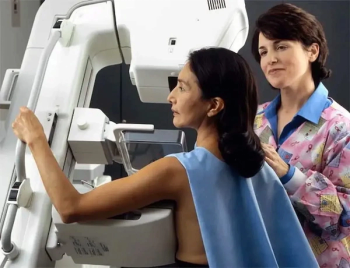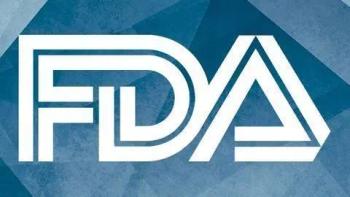
Toshiba adds PowerVision tools
Toshiba America Medical Systems has debuted four multifrequency transducers to expand its flagship PowerVision ultrasound scanner's pelvic, vascular, and transcranial capabilities. The Tustin, CA-based vendor also released SmartTrace, a spectral Doppler
Toshiba America Medical Systems has debuted four multifrequency transducers to expand its flagship PowerVision ultrasound scanner's pelvic, vascular, and transcranial capabilities. The Tustin, CA-based vendor also released SmartTrace, a spectral Doppler quantification mode for vascular and abdominal studies.
The newest additions to Toshiba's line of probes are two endocavity transducers, a linear-array transducer for peripheral vascular and small-parts exams, and a phased-array sector transducer for transcranial applications. For endocavity imaging, the vendor's PVK-651VT transducer offers an extended 150 field-of-view, which allows physicians to distinguish between intrauterine and ectopic pregnancies, as well as to detect fetal abnormalities, according to the company. The vendor's PVK-720ST transducer, on the other hand, helps physicians to anatomically and hemodynamically evaluate the prostate gland and pelvic cavity with a 120 field-of-view, according to Toshiba.
In vascular and small-parts applications, PLK-503AT supports routine screening and imaging for examining palpable and nonpalpable lesions, including adenomas, fluid collections, and cysts, according to the company. The PSK-20CT phased-array transducer is targeted for the evaluation of intracranial stenosis, occlusions, and several other transcranial applications.
With the company's SmartTrace technique, the Doppler waveform is automatically traced, eliminating the need for manual manipulation, according to the company. The technique, particularly suitable for vascular and abdominal studies, leads to ultrasound exams that are more quantitative, less subjective, and easier to perform, said Suzanne Certain, director of ultrasound marketing.
Newsletter
Stay at the forefront of radiology with the Diagnostic Imaging newsletter, delivering the latest news, clinical insights, and imaging advancements for today’s radiologists.

































